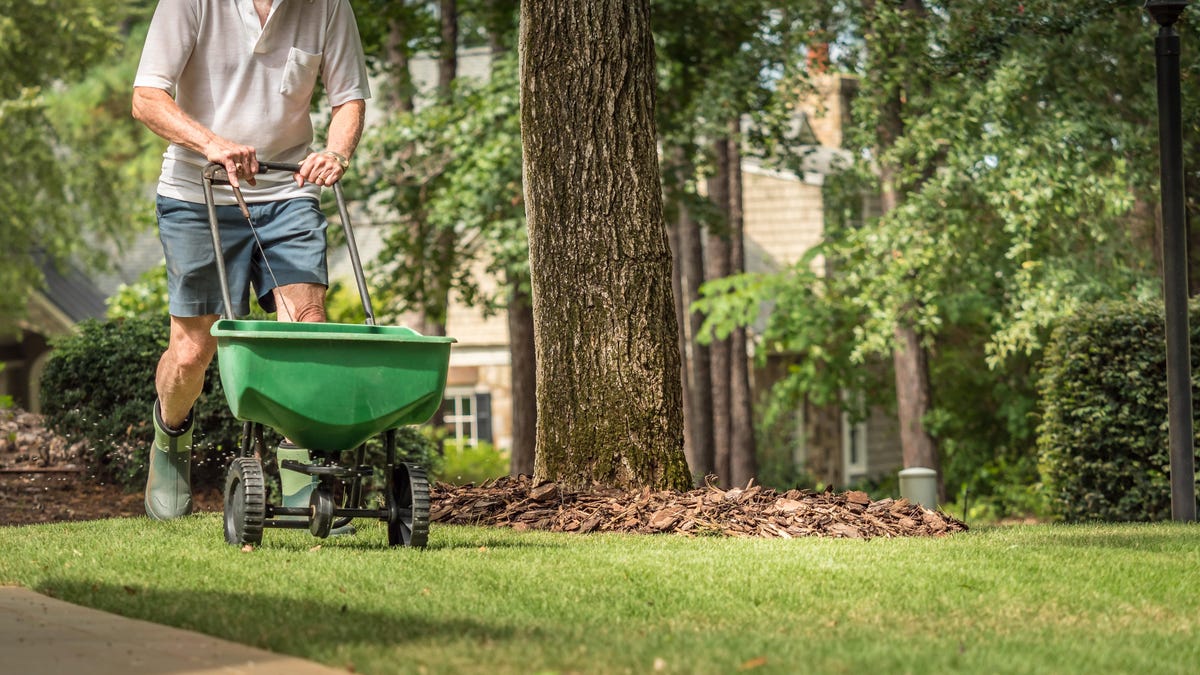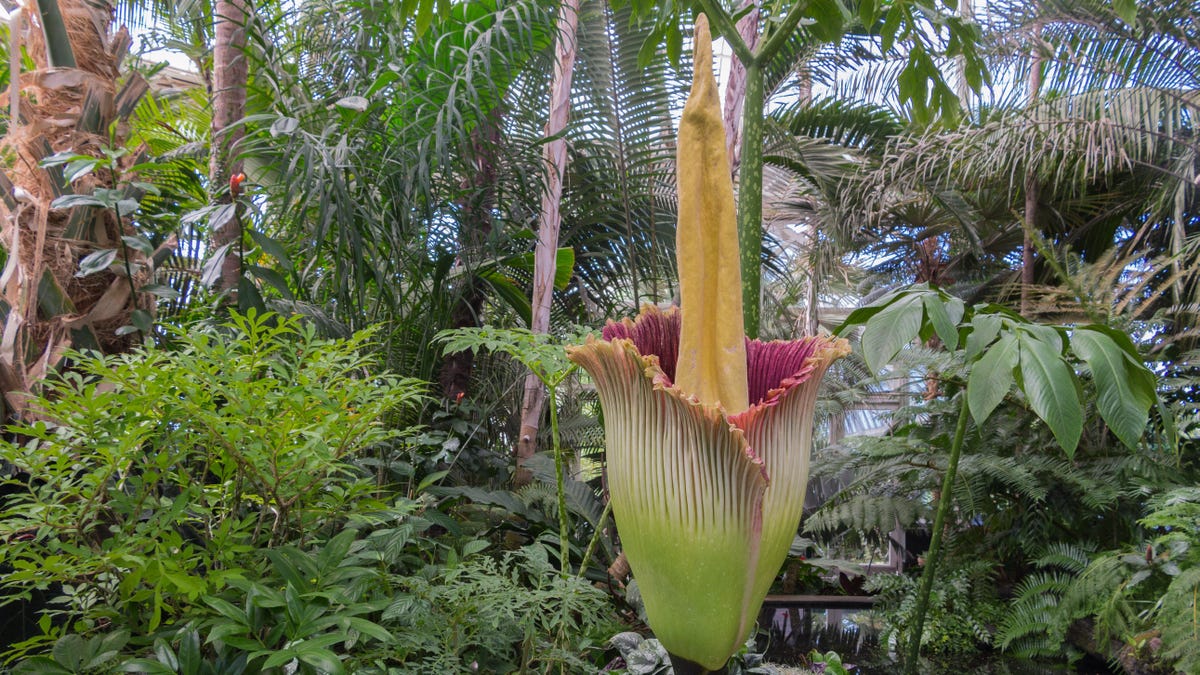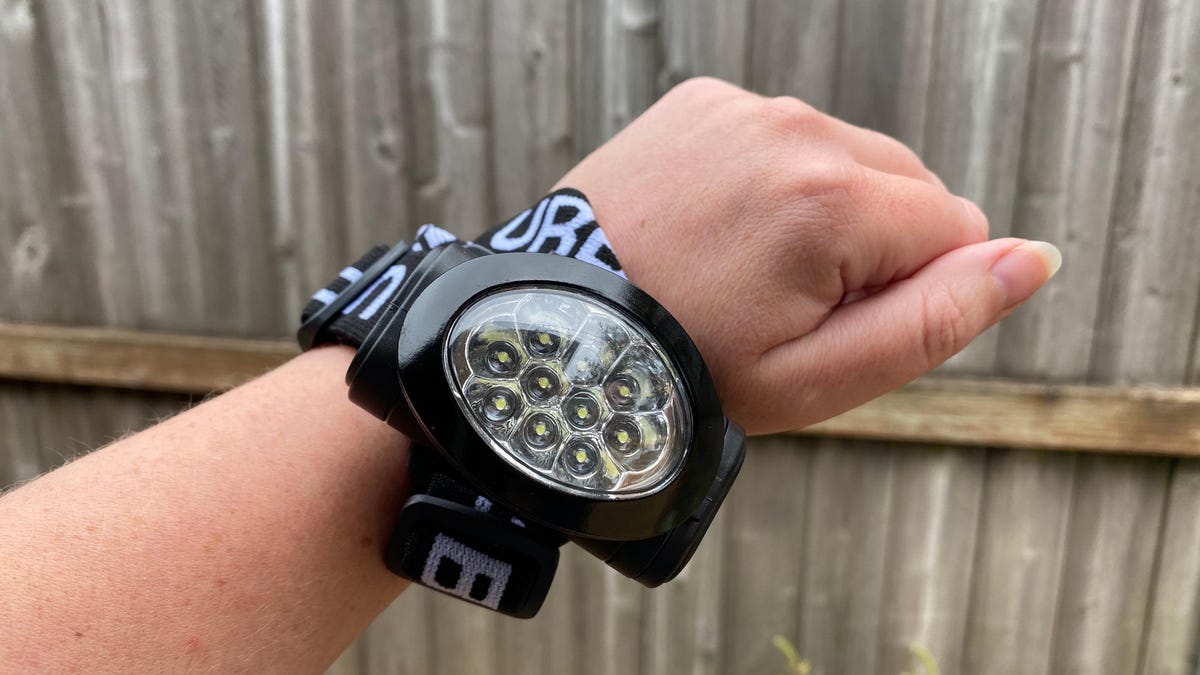Now Is the Best Time to Seed Your Lawn
Gardening season is winding down, but the time for planting and growing is not nearly over. If you have a grass lawn, one of the main outdoor tasks on your current to-do list should be seeding, whether that’s patching...

Gardening season is winding down, but the time for planting and growing is not nearly over. If you have a grass lawn, one of the main outdoor tasks on your current to-do list should be seeding, whether that’s patching bare spots or giving your yard the full treatment.
Not only does this set you up for a nicer-looking lawn come spring—overseeding patches of sparse grass can also support your lawn’s root structure and help improve drainage.
The best time to seed your lawn
The best time to seed your lawn is between the end of August and the end of September. These four to six weeks generally bring cooler air temperatures and more moisture, which allows seeds to germinate at the same time that weeds begin to die off. The threat of heat and drought is dwindling, but the soil is still relatively warm to support root growth.
Plus, the risk of the ground freezing during or soon after this period remains low, which gives grass time to get established ahead of winter weather. Some seeds begin to sprout after just one or two weeks, while others take up to six, so don’t wait too long.
Seeding is more likely to be successful if done late summer to early fall—and it’s also a good time to prep your yard for next season. Your lawn is more likely to have thinned or have dead spots at the end of the summer, and overseeding now can improve both grass coverage and protection against future weeds. A series of seedings beginning in August—four in total, once every two to three weeks—can take care of overgrown annual weeds, including crabgrass, naturally and without sprays.
If you miss this window, you can also seed your lawn in early spring, especially if you live in a more moderate climate. While cool-season grasses work well with spring planting, if you’re seeding with warm-season grass, you have to wait for soil temperatures to reach about 60 degrees Fahrenheit or seeds won’t germinate. However, at this point, a lot more weed control is required.
How to seed your lawn
Seeding your lawn isn’t quite as simple as tossing seeds on the ground and hoping they take. We’ve got a guide to replanting grass—basically, it boils down to determining which type of seed you need, cleaning and prepping your lawn, and keeping everything moist while you wait for the seedlings to grow. You should also know when it’s better to go with sod than seed. With the latter, you’re definitely in for a bit more time and patience.

 AbJimroe
AbJimroe 
































